The VERO Watch Story
I met Chris Boudreaux in 2005 when Victoria, BC, Canada was, briefly, the destination for triathlon training in North America. This was after San Diego had sort of faded and before Boulder had really taken off. I remember showing up to the pool for the first time in Victoria and seeing 2000 Olympic gold medalist Simon Whitfield, 2004 Olympic gold medalist Hamish Carter, 3x Ironman World Champion Peter Reid, and a host of other notable athletes on deck. At one of the hard TT bike workouts, Craig Walton and Greg Bennett were the ones laying down the benchmark times.
Many young and aspiring pros showed up in Victoria wanting to absorb some of this triathlon greatness by osmosis. Chris and I were both such "pros," though what exactly that meant then was no more clear than what such a term means now. Really, we were, in the context of that training environment, total n00bs.
Chris had an easy going way about him and was fun to train with and to hang out with away from training. And he was up for any workout with anyone. One of my favorite Chris Boudreaux stories is where he would ask the folks training who had a hard session that day and then he'd jump in. He did this for something like 15 days straight before he finally cracked.
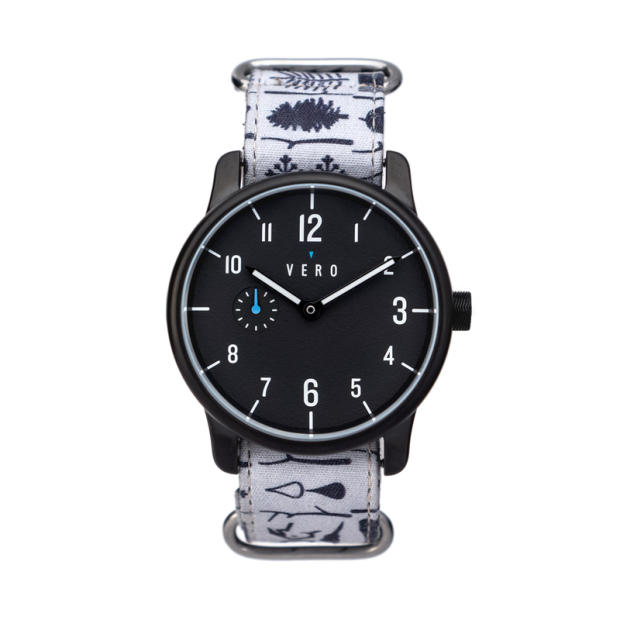
By 2008, Boulder had taken over and Victoria was no longer quite the destination in had once been. And after the 2008 Olympics, the remainder of us who had come to be a part of Simon Whitfield's magical run to silver in Beijing also decided it was time to find our own paths. I don't remember exactly when Chris left, but he didn't go far. He ended up in Portland where he eventually took over the now-closed (sadly) Athlete's Lounge, one of the really great click-and-mortar tri shops in the Pacific Northwest.
But being an entrepreneurial sort from an entrepreneurial family, Chris found his way into a new venture. I learned about Chris' new project from Portland-native Eric Lagerstrom, and Chris and I reconnected as a result.
Triathlon is a sport where there's no clear exit path for pros, especially with the very definition of professional being nebulous at best. Many go on to coaching or obviously triathlon-centric jobs. Still others find there way into totally unrelated fields. But in some cases, like Peter Reid's becoming a pilot, the story of how triathlon led to a truly unique career path is worth telling.
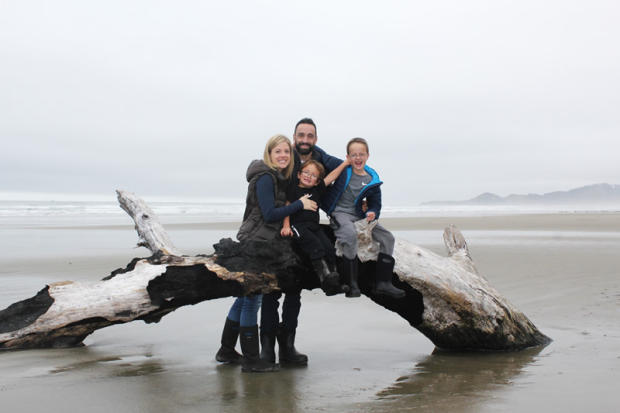
Chris decided to start a watch company. His fledgling company, VERO Watches, builds watches in Portland. Watchmaking is an interesting business. In some ways, watch "assembly" is a more accurate term. In other ways, the assembly is an art form unto itself, and – in the case of VERO – they also manufacture a lot of the critical parts of the watch themselves. Regardless, it's a very non obvious path for a one time pro triathlete to take.
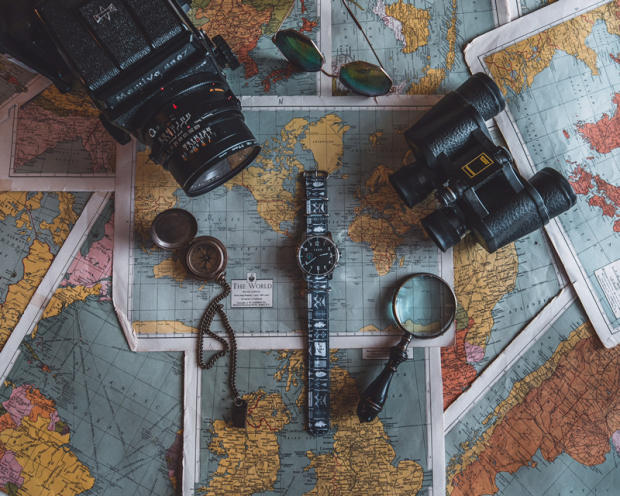
So I decided to ask Chris, how did the guy I spent a couple summers swimming, biking, and running with around a smallish island off the coast of western British Columbia decide that he wanted to make watches?
ST: First off, what was the path that led you from Victoria, where we first met, to Portland, where you are now and have been for a while
CB: I moved to Victoria after training in San Diego and then Clermont Florida. I had run in school at LSU as a walk on, and I was really inspired by Simon Whitfield’s 2000 Olympic Medal. It was just cool and I wanted to be in that high performance kind of atmosphere. So I moved up there and started training. Pretty awesome triathlon crew, Simon, Hamish Carter, Peter Reid, Terenzo Bozzone, as well as the coaches, Joel Filliol, Lance Watson, and the guy who became my coach till I stopped racing, Cliff English. It was just a great environment and cool opportunity, as you can attest. I ended up moving back to the U.S. and settled in Portland, Oregon. Had a pretty serious bike crash, broke my collarbone, scapula, hip was really messed up, etc. and became a rep for some triathlon/bike brands. Started training again, and decided I wanted to give being a pro another shot, and also ended up partnering with some people and taking over and building up Athletes Lounge, a triathlon focused retail store.
It took me a lot longer than I thought/hoped to get healthy and in shape, but eventually I started to race better and have some results and times I could be proud of. Around the same time my two boys started getting into school and I really needed to figure out what I wanted to do. Being involved in retail, events, and as an athlete with relationships with some companies, I really started to get excited about the idea of building/creating my own ideas. It can be frustrating to sell or represent something you don’t totally sign off on. I really thought it would interesting to dig into how to start a brand, not just a business, as that part was always really interesting to me. I ended up talking with Danny Recordon, who used to work for us at Athletes Lounge. He’s very smart and thought he could help with the production side of things. At the same time, I also started coaching with CBCG (Chris Bagg Coaching Group), which has been a really cool way to stay involved in the sport, without the 20-25 hours a week training. So here I am…
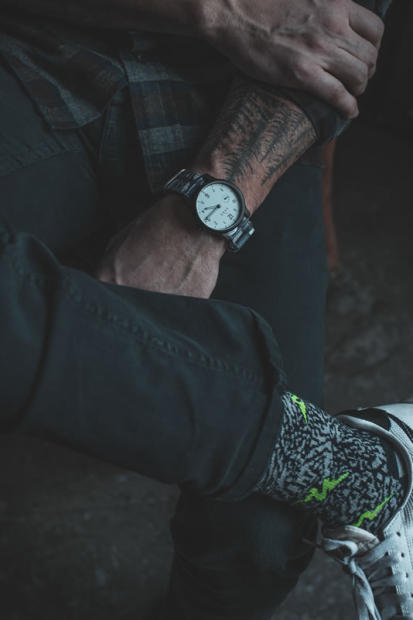
ST: Originally, as I understand it, VERO was going to be named "Greenhorn NW." Why the change? And what on earth is a greenhorn anyway?
CB: when we started the project, it was a bit more of an idea to make small goods, going the “local maker” route. And then potentially growing to more advanced products. So again, everything was very new, "let’s try this, see how it works” type attitude. We didn’t want to be a design company and just send everything overseas, we wanted to at least learn how things were made, even if we needed help. I just wanted to be involved with the whole process, something that probably came from past experiences with retail and the potential disconnects there.
So Greenhorn, OR is a small city up in the Eastern Oregon Mountains, with a population of 0. It was an old mining town, and the legend is a couple guys came into the local town and said they were looking for gold, so the locals sent the “greenhorns” up to the highest point in the mountains. Turn out there was gold up there, and I just thought it’s a great story. The idea of taking that label and owning it, being new and inexperienced and maybe laughed at, but being successful besides that, I think it’s a cool idea.
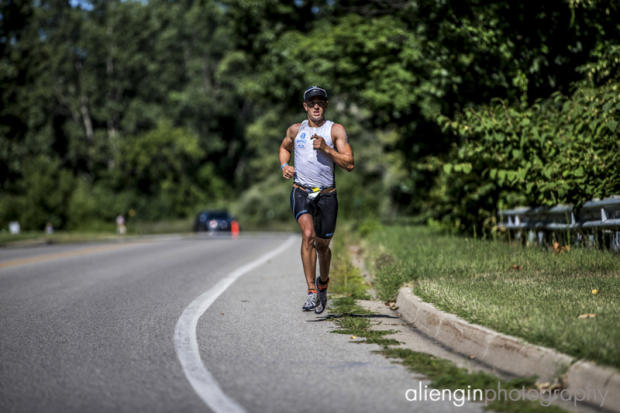
ST: So how did Greenhorn become VERO?
CB: So as we started down the path of designing and prototyping, we had this long term goal of being able to make a watch. Just something I thought was 5+ years away. So we start coming up with ideas, and started talking with a local watchmaker, and it became more and more viable. All our best ideas, best concepts, seemed to be around the watches. And it was clearly what got us most excited. We just decided to go all in and just say, "we’re a watch company.”
We moved into a small industrial space right in NE Portland, got a used CNC mill at a great price, and just started figuring things out. Danny built out a dial pad printer, and other equipment we needed. Just searching eBay for old things he could modify and make functional. As we started actually making functional watch prototypes, and started to get more towards the actual sales and branding side, we realized there was a disconnect between what we were trying to do, and what our current name was saying to others. It was an extremely regional, and extremely “startup focused” name and identity. We wanted something that was more specific to what we were doing (Vero means “truth”), and fit a more long term focus of the brand. I think it really defines us, and is a nice guide for us going forward.
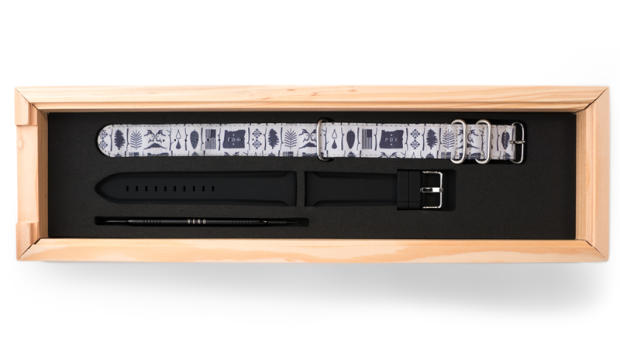
ST: But why watches?
CB: I’ve been a (small) collector for quite a while, and watches always fascinated me. With everything so immediate and temporary, this idea that you built this product that was fashionable, functional, and was built to last, was really attractive. A mechanical watch, if made right and taken care of, lasts indefinitely. I have 2 boys, and as a dad, what do you pass down to your kids that actually has some lasting value?. I mean, I like technology as much as anyone, but I’m not passing down my first generation iPod to my sons. My parents gave me my grandfather’s Rolex when I had my first son, Jack. It’s from 1979, still looks and feels great, and runs perfectly. That is very special to me.
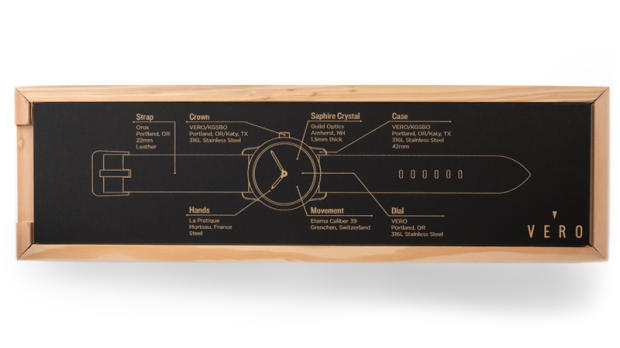
ST: Okay, what do you make? And what do you buy? How does this compare to other watch brands people might know about?
CB: All design and prototyping is done in house. So the shape of our case is simple at first glance. But the bowl shape, which allows a large dial, and a front loaded movement, allows us to get a smaller caseback area, which helps the watch sit on the wrist better.
That was done first with renderings, then we 3d print case shapes, before prototyping in aluminum before we get to steel. For production of the cases, we don’t have all the machines to do the entire case, so we ended up partnering with a machine shop in Katy, TX. We get the full case body (case, caseback, bezel, crown, casetube, etc) from them. We do all the polishing and case finishing in house, as well as crown and caseback engraving.
Dials are made in house. We solder dial feet, cut the sub second recess, we do all the painting and pad printing. Which is a HUGE pain and very time/labor intensive. We get our hands from La Pratique in France, our movement is a Swiss Eterna Caliber 39A, and our sapphire is from Guild Optics in New Hampshire. For our DLC (diamond-like carbon coating) watches, we prep them and send them to a company in New Jersey for that process.
Part of our story is the transparency and openness of who our partners are and what we do and don’t do. With every watch, the packaging (which is all done locally in Portland), has an infographic of the watch. So what each part of the watch is, what it’s made of, and where it’s made. That’s pretty unique to us. I think it helps the newer watch people, gives them some education on their watch, and helps them to have something to look into, learn more about. And for the more seasoned watch fans, I think it’s nice for them to have a very clear understanding of our process and what they are actually getting.
The fully U.S. Stainless steel cases have a unique weight and feel to them, and the mechanical movement has it’s own, balanced weight. So a comment we get often is about the weight. Not that it’s heavy, but that it just has a “good weight to it”. I think that’s the quality of the material, the design, and the balance of a movement and parts that fit the watch evenly. Something that is noticeable the second you hold it or put it on your wrist.
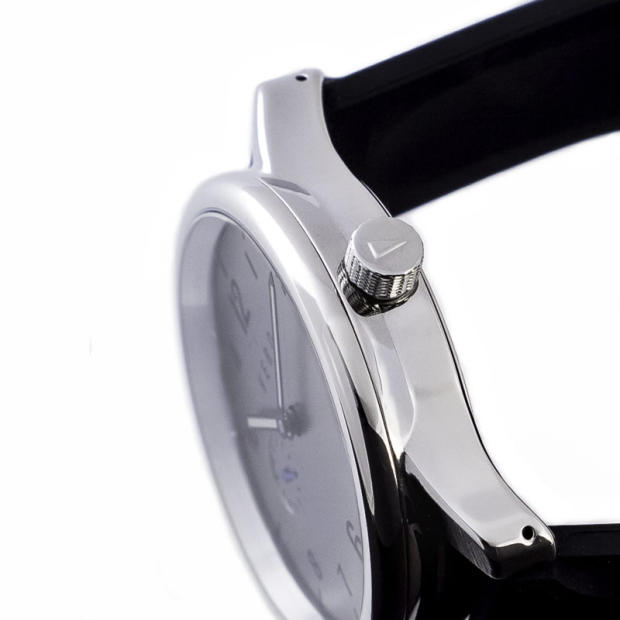
ST: What's your long range goal with all of this?
CB: Long range goal, we’d love to be a fully US made watch, with multiple models that are actually useful for people for a range of uses and styles. To design a movement ourselves is a really interesting idea as well, though I’m not 100% sold that’s the best route for most watch brands. I’d really like to be a part of group of American watch brands that could work together to design and produce movements in the U.S. that we all know how to service, and can be a viable competitor the strong Swiss and German brands.
ST: And what are you doing in the short term to get yourself there?
CB: Short term goal, just build the brand, and support our early customers. We know it’s a big ask to make an investment in an unproven company, and we want to take that early support very seriously. A mechanical watch is similar to bikes or cars, they need to be cared for. So really, proving ourselves as committed to building a great watch, and supporting that watch is priority number one. That said, we are already prototyping and building new models. We also want to show that we don’t just have one idea, one style. We have some (in my opinion) some really cool things in the pipeline right now.

ST: We all know triathletes are savvy consumers. So why should someone buy a Vero watch over something more well known at the same price?
CB: Well, I don’t know I would say to buy our watch over another watch. I think that’s part of the cool thing about watches. For guys at least, it’s really that one nice thing that we get to wear. And different watches speak to different people. THAT SAID, there is definitely some “misdirection” in how certain watches are marketed and presented. Both in what they are made of, where they are made, etc. Don’t just look at the marketing, ask questions. Email the brand, do some research. I think that our watches are very well priced for what we offer. In addition to material, design, and movement, each watch comes with 3 straps (locally made leather, silicone, and waxed cotton NATO style) as well as the spring bar tool to change easily. I think we’re uniquely positioned for what we are, and if that speaks to you, that’s awesome.
VERO sells their watches direct to consumers on their website vero-watch.com.
[DISCLOSURE: following when I actually conducted this interview but before publishing it, Chris was kind enough to provide me with a VERO watch. We've been friends a long time, and I have been looking forward to sharing his story, and he believes that I'm the sort of person VERO wants to be associated with. I wanted to tell Chris's story regardless, and he seemed to want to support me regardless. Nevertheless, I'd be remiss if I did not disclose this.]


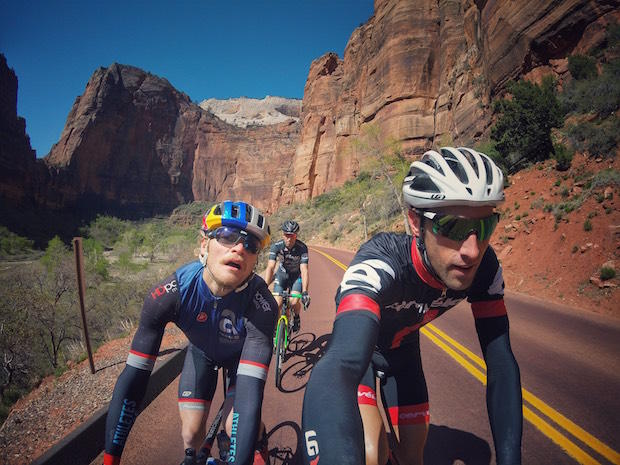
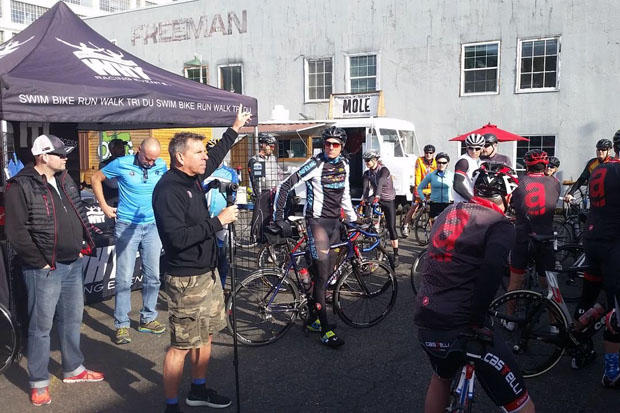
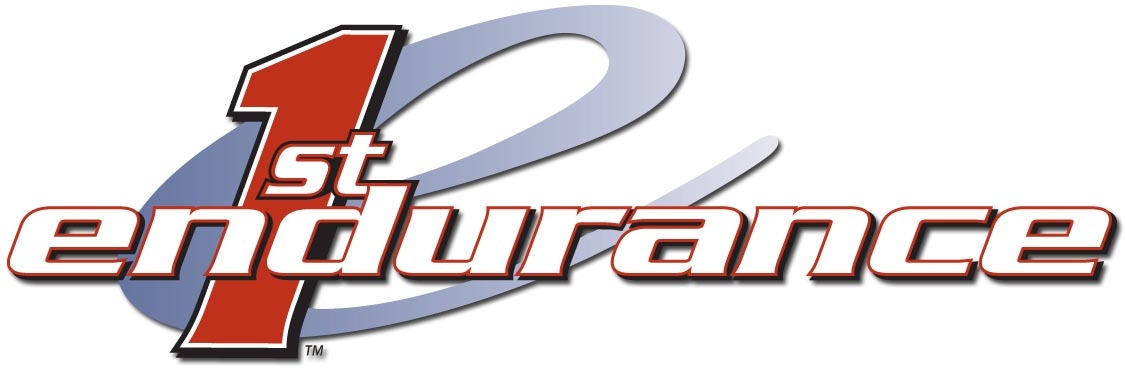
Start the discussion at slowtwitch.northend.network